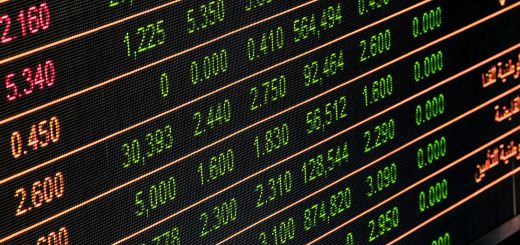How safe is your money in KiwiSaver?
About 80% of diversified KiwiSaver funds lost value in 2018. Was yours one of them? Find out how your KiwiSaver fund has performed over the past few years and how much you may have in balance at retirement, here.
We are at one of those rare times in KiwiSaver’s history that members will be facing losses, much of it related to issues in investment markets as 2018 wound down.
KiwiSaver funds are investment products which pool together the contribution amounts from individual members, employers and the Government and uses that money to collectively buy investment assets. Assets such as shares are owned for their potential to grow in value over longer periods of time (accepting the short term fluctuations in their value) while assets such as bonds are owned for its ability to generate a regular and stable income (at the cost of perhaps lower returns than shares over longer periods of time). Over time, fund managers trade in these assets making buying and selling decisions, hoping to make a profit.
A majority of KiwiSaver funds are diversified, meaning invested in a mix of stable income generating assets and relatively riskier assets like shares.
Investment market wobbles
2018 was marked, especially in its final months, by wild swings in investment markets leading to sharemarkets around the globe giving up significant gains after many years of growth. As a result, about 80% of all diversified KiwiSaver funds lost value in the process, over 2018. But your fate would have depended on which category of funds you are invested in, or the mix of assets your fund invested in.
At the worst end, funds lost about 7% value in 2018. On a savings pot with $20,000 that translates to a loss of about $1,400. It should be noted though that it pays to be astute not only about which category of funds you are invested in, but also which particular fund within a category.
For example, if you consider the Balanced fund category the best performing fund actually gained about 1% while the worst performing fund saw a loss of about 4.3% in 2018 – a substantial difference of 5.3% between two similar category funds. That translates to $5.30 for every $100 you have in KiwiSaver. On a $50,000 balance that’s a $2,650 difference.
But, the actual difference will be much more, considering your balance doesn’t stay constant through the year as regular contributions from you, your employer and the Government are being added on to the fund. So your gains and losses will be amplified to that degree.
Your decision makes all the difference
It’s not right to say this is the first time investment losses have been seen before in the short history of KiwiSaver. In fact, it was not long after KiwiSaver was set up in 2007 that the global financial crisis came along. But the difference between the impact of recent volatile markets and the impact of the global financial crisis is that back then savings balances in most KiwiSaver accounts were minimal, meaning the effect of a loss would not have been as obvious or dramatic as now.
So how safe is your money in your KiwiSaver account, and should you be worried about recent gyrations? For as long as you are invested, take it that you will see some degree of swings between gains and losses. By how much, will depend on what your fund is invested in. As long as you don’t need to withdraw your savings immediately, these losses are only on paper. Over longer periods of time there is a greater likelihood that these funds will recover their losses.
Much of your future prospects will rely on the choice of category you make. It will also be determined by how good your fund’s manager makes decisions around buying and selling of assets in the fund.
Choose wisely! You can choose appropriate KiwiSaver funds by simply responding to a few questions here which should act as a handy guide for you.


